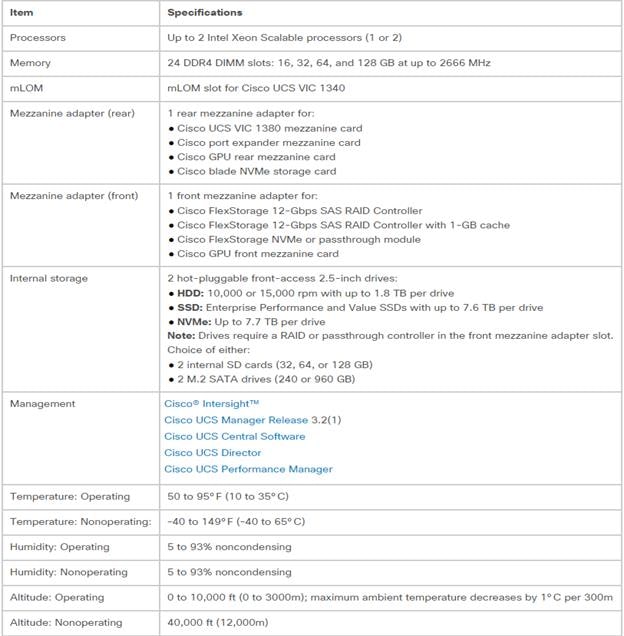

- #PASSTHROUGH A PHISICAL HDD TO A VM ESXI 6.5 HOW TO#
- #PASSTHROUGH A PHISICAL HDD TO A VM ESXI 6.5 PC#
#PASSTHROUGH A PHISICAL HDD TO A VM ESXI 6.5 PC#
Once that was enabled, I launched Cygwin and began the transfer: # Make destination directory on external HDD plugged into Windows PC Next I logged into the VMware ESXi web-interface and browsed to Storage > My Big Storage Drive and obtained the path to the storage volume.

In order to do this, I first had to enable SSH access on the VMware ESXi server. I'm not certain why, but every time I attempted to export via the VMware ESXi web-interface, the download would fail after ~700MB. The problem was, the physical server had nearly 2TB worth of storage that I needed to convert into an EBS volume in AWS. Both are free (atleast a full-featured free trial) and relatively simple to setup and use. I first needed to convert the physical server to a VMDK, and chose to use VMware vCenter Converter Standalone in conjunction with VMware ESXi 6.5. I needed to do this in order to migrate a physical server to AWS.
#PASSTHROUGH A PHISICAL HDD TO A VM ESXI 6.5 HOW TO#
I'm unsure if you could even mount it, given that ESXi may not know how to handle FAT32/exFAT filesystems (I think it uses ext3 or ext4 under the hood but don't have a system to hand to check).įailing that, you can use USB passthrough to assign the attached USB device to a Windows VM, then use the vSphere Client from within that VM to save the directory to the USB device via the Datastore Browser. You'd need to detect (try fdisk -l as a starting point) and mount the device. One option would be to get your hands dirty and poke around the ESXi console. This is mainly due to the fact that the underlying operating system behind vSphere (I believe it's loosely based on Red Hat Linux, but don't hold me to that!) was never designed to be a fully-featured OS - that's why it's defined as a hypervisor. As ewwhite says in his comment, this is harder than it should be and is nigh-on impossible without doing a lot of advanced configuration.


 0 kommentar(er)
0 kommentar(er)
